Overview of High-Strength Steel Powder
High-strength steel powder is revolutionizing various industries by offering superior mechanical properties, enhanced durability, and versatility in applications. This remarkable material, derived from finely ground particles of steel, is known for its strength, wear resistance, and ease of manufacturing into complex shapes. From automotive parts to aerospace components, high-strength steel powder is becoming an indispensable part of modern engineering.
Types of High-Strength Steel Powder
Different types of high-strength steel powder are tailored for specific applications, each offering unique properties and benefits. Here are ten notable models:
| เช่นเดียวกับเครื่องแปลภาษาและเครื่องปรับปรุง | คำอธิบาย |
|---|---|
| HSSP 1000 | Excellent for automotive parts due to its high tensile strength and fatigue resistance. |
| HSSP 2000 | Ideal for aerospace components, offering superior wear resistance and lightweight properties. |
| HSSP 3000 | Used in medical devices for its biocompatibility and corrosion resistance. |
| HSSP 4000 | Suitable for industrial tools, providing exceptional hardness and machinability. |
| HSSP 5000 | Preferred for additive manufacturing, known for its ease of sintering and dimensional accuracy. |
| HSSP 6000 | Great for construction materials, offering high impact strength and durability. |
| HSSP 7000 | Designed for electronic components, ensuring thermal stability and electrical conductivity. |
| HSSP 8000 | Utilized in defense applications, known for its high ballistic resistance. |
| HSSP 9000 | Optimal for marine applications, offering excellent corrosion resistance in saltwater. |
| HSSP 10000 | Used in energy sectors, particularly for its high-temperature resistance and mechanical stability. |
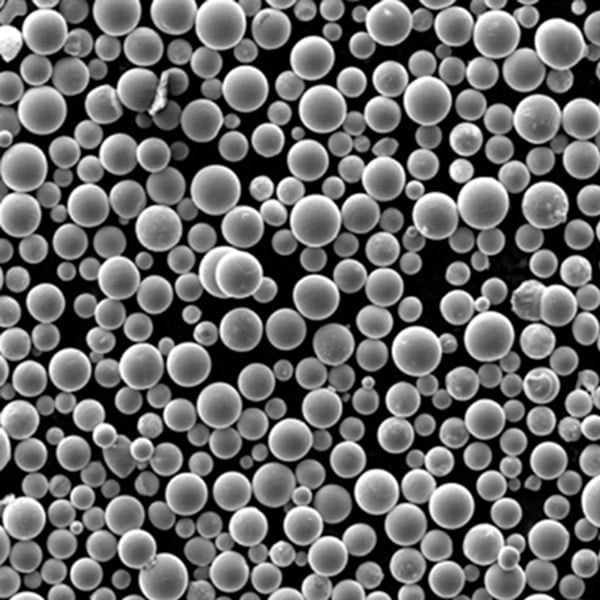
Composition and Properties of High-Strength Steel Powder
Understanding the composition and properties of high-strength steel powder is essential to appreciate its capabilities. Here’s a detailed look:
| องค์ประกอบ | Percentage |
|---|---|
| เหล็ก (Fe) | 92-98% |
| คาร์บอน (C) | 0.2-0.5% |
| โครเมียม (Cr) | 0.5-2.0% |
| โมลิบดีนัม (Mo) | 0.2-1.0% |
| นิกเกิล (Ni) | 0.1-0.5% |
| แมงกานีส (Mn) | 0.1-1.0% |
| ซิลิคอน (Si) | 0.1-0.5% |
These compositions result in varied properties, including high tensile strength, hardness, corrosion resistance, and machinability.
Characteristics and Performance of High-Strength Steel Powder
High-strength steel powder exhibits remarkable characteristics that make it suitable for demanding applications. Some of the key attributes include:
- ความแข็งแรงเชิงดึง: Capable of withstanding high levels of stress without deforming.
- ความแข็ง: Resistant to wear and abrasion, ensuring longevity.
- ความเหนียว: Can be drawn into thin wires without breaking.
- ความสามารถในการตัดเฉือน: Easy to shape and mold into complex designs.
- ความต้านทานการกัดกร่อน: Withstands harsh environments without deteriorating.
Applications and Uses of High-Strength Steel Powder
High-strength steel powder is utilized across various industries due to its versatile properties. Here are some common applications:
| อุตสาหกรรม | แอปพลิเคชัน |
|---|---|
| ยานยนต์ | Engine components, gears, and body parts |
| อวกาศ | Aircraft frames, landing gears, and turbine blades |
| แพทย์ | Surgical instruments, implants, and prosthetics |
| การก่อสร้าง | Reinforcement bars, structural components |
| เครื่องใช้ไฟฟ้า | Circuit boards, connectors, and housings |
| การป้องกัน | Armor plating, weapon components |
| นาวิกโยธิน | Ship hulls, propellers, and offshore structures |
| พลังงาน | Turbine components, pipelines, and drilling equipment |
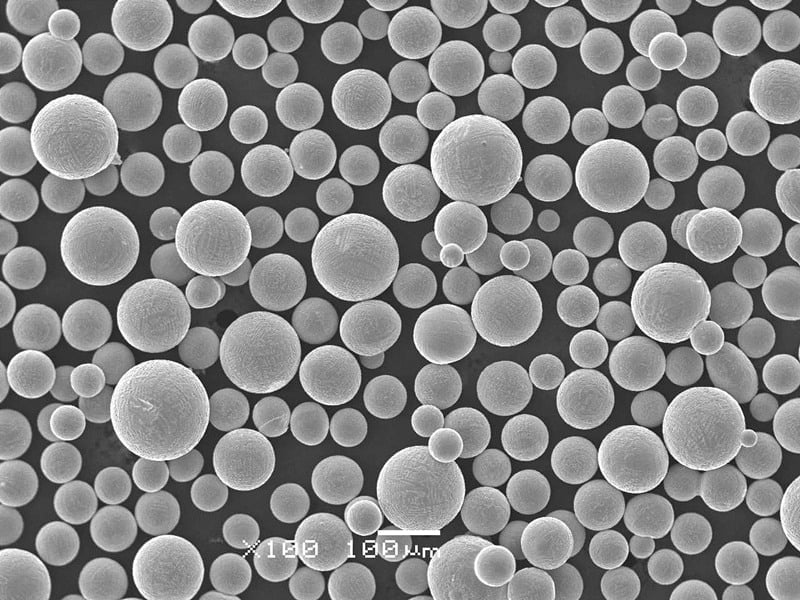
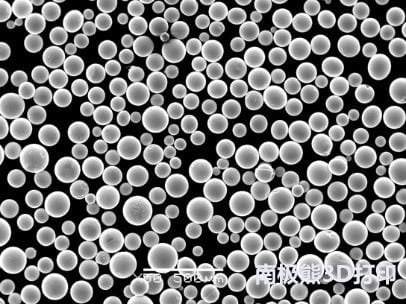
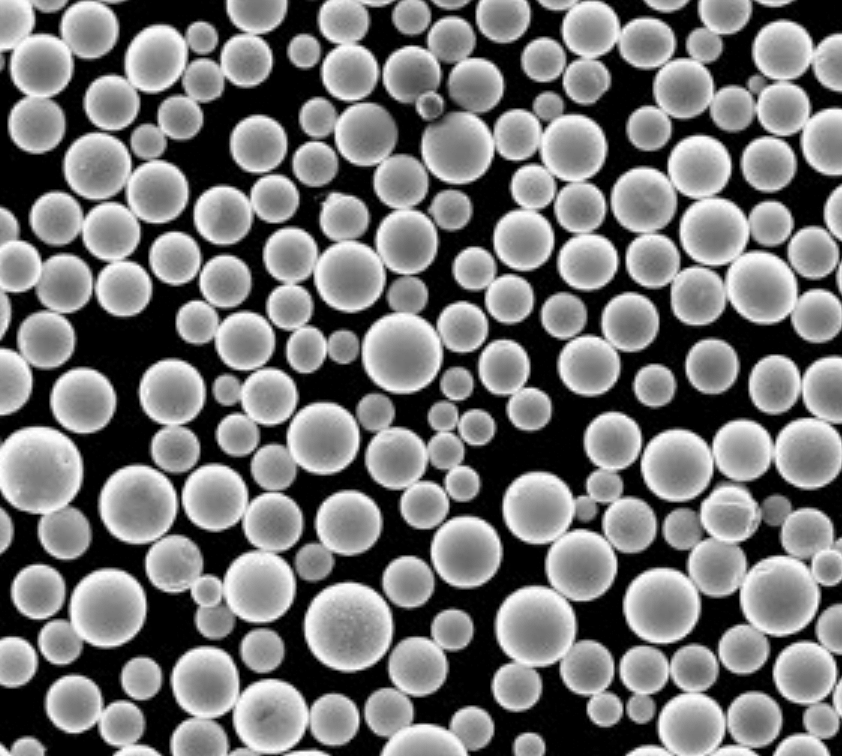
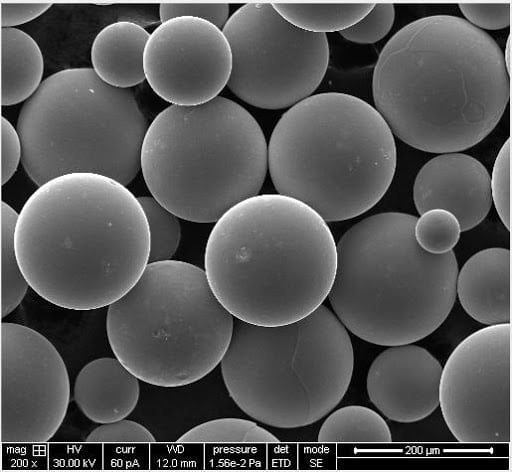
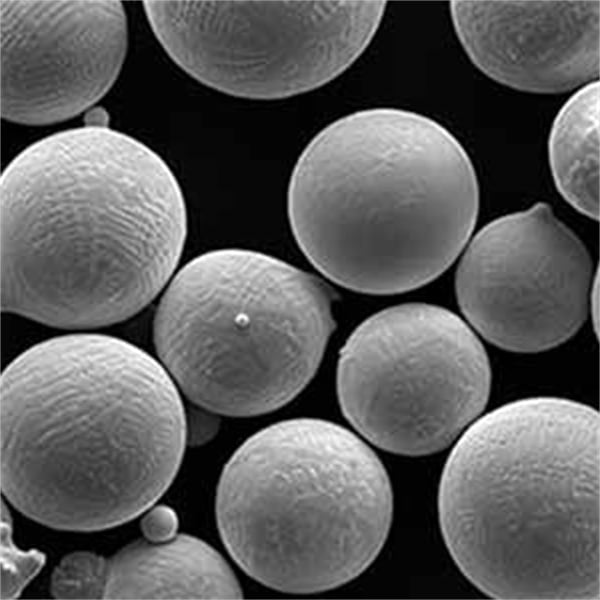
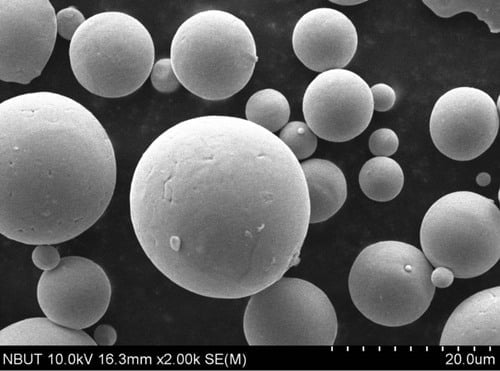
Specifications, Sizes, Grades, and Standards
High-strength steel powder comes in various specifications, sizes, and grades to meet diverse industry standards:
| สเปก | Detail |
|---|---|
| ช่วงขนาด | 1-150 ไมครอน |
| Grades | ASTM A564, ASTM A693, ASTM F75 |
| มาตรฐาน | ISO 9001, SAE J467, AMS 5617 |
Suppliers and Pricing Details
When sourcing high-strength steel powder, it’s crucial to consider reputable suppliers and competitive pricing. Here’s a snapshot:
| ซัพพลายเออร์ | ที่ตั้ง | Price Range (per kg) |
|---|---|---|
| Carpenter Technology | สหรัฐอเมริกา | $25 – $50 |
| Höganäs AB | สวีเดน | $20 – $45 |
| GKN Hoeganaes | สหรัฐอเมริกา | $22 – $48 |
| Sandvik AB | สวีเดน | $24 – $50 |
| ผงโลหะ ATI | สหรัฐอเมริกา | $26 – $52 |
Pros and Cons: Advantages and Limitations of High-Strength Steel Powder
Comparing the benefits and drawbacks helps in making informed decisions:
| ข้อดี | ข้อเสีย |
|---|---|
| High Strength: Exceptional tensile and yield strength | ค่าใช้จ่าย: Generally higher compared to conventional steel |
| Durability: Excellent wear and corrosion resistance | Manufacturing Complexity: Requires specialized equipment |
| Versatility: Suitable for a wide range of applications | ความพร้อมใช้งาน: Limited suppliers for certain grades |
| Performance: Reliable performance under extreme conditions | Recycling: More challenging to recycle than standard steel |

คำถามพบบ่อย
Q1: What is high-strength steel powder?
A1: High-strength steel powder is a finely ground steel known for its superior mechanical properties, such as high tensile strength, hardness, and wear resistance. It’s used in various industries, including automotive, aerospace, and medical devices.
Q2: How is high-strength steel powder made?
A2: It’s typically produced through atomization, where molten steel is broken into fine particles using a high-pressure gas or water stream. These particles are then cooled and collected for further processing.
Q3: What are the benefits of using high-strength steel powder?
A3: Benefits include enhanced strength, durability, corrosion resistance, and the ability to be molded into complex shapes. This makes it ideal for demanding applications requiring high performance.
Q4: Can high-strength steel powder be used in 3D printing?
A4: Yes, it’s commonly used in additive manufacturing (3D printing) due to its excellent sintering properties and ability to produce high-precision components.
Q5: What industries benefit the most from high-strength steel powder?
A5: Key industries include automotive, aerospace, medical, construction, electronics, defense, marine, and energy sectors, where durability and performance are crucial.
Q6: Are there any limitations to using high-strength steel powder?
A6: Some limitations include higher costs compared to conventional steel, complexity in manufacturing, and limited availability for certain grades.
Q7: How does high-strength steel powder compare to other metal powders?
A7: It generally offers higher strength and durability compared to other metal powders like aluminum or titanium, but may come at a higher cost and require more specialized processing.
Q8: What are some notable suppliers of high-strength steel powder?
A8: Reputable suppliers include Carpenter Technology, Höganäs AB, GKN Hoeganaes, Sandvik AB, and ATI Powder Metals, each offering a range of products suited for different applications.
Q9: How should high-strength steel powder be stored?
A9: It should be stored in a dry, cool environment to prevent oxidation and contamination. Proper storage conditions ensure the material retains its quality and performance.
Q10: What are the future trends in high-strength steel powder development?
A10: Future trends include advancements in alloy compositions, improved manufacturing processes, and expanded applications in emerging technologies like electric vehicles and renewable energy systems.
About 3DP mETAL
Product Category
ติดต่อเรา
มีคำถามอะไรไหม? ส่งข้อความมาเดี๋ยวนี้! หลังจากที่ได้รับข้อความแล้ว เราจะประมวลผลคำขอของคุณพร้อมทีมงานทั้งหมด
